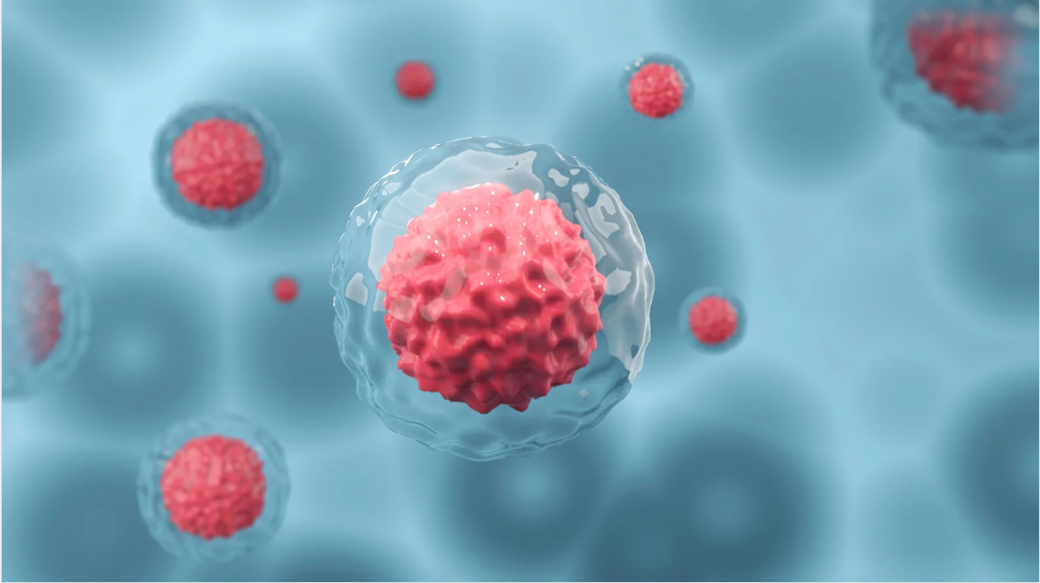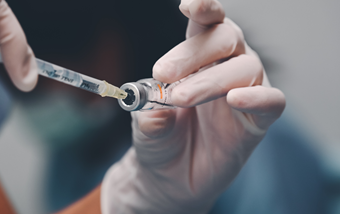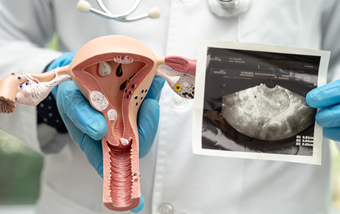Embryo transfer is a crucial step in the process of IVF treatment. This blog post will delve into the differences between fresh and frozen embryo transfers, highlighting the key aspects to consider when choosing the most suitable option based on the individuals clinical needs.
What is an Embryo Transfer?
Embryo transfer is a procedure included in our IVF treatment packages where an embryo is transferred into the uterus of a patient to facilitate pregnancy. At abc IVF we offer simple and uncomplicated IVF protocols with the ultimate goal of creating 1 good quality embryo to transfer at the end of the cycle whilst keeping the health of IVF patients in mind and working within the natural menstrual cycle.
The embryo transfer procedure is performed after the treatment and monitoring cycle. Once the eggs are collected and fertilised in the lab, the best quality embryo will be replaced.
Types of Embryo Transfer:
There are two main types of embryo transfer: Fresh Embryo Transfer and Frozen Embryo Transfer.
Fresh embryo transfer involves transferring embryos into the uterus either 3 days or 5 days after fertilisation. Therefore, transfer takes place in the same cycle as stimulation.
Frozen embryo transfer, on the other hand, involves freezing the best quality embryos on either day 3 or day 5 post egg collection and then transferring them at a later date.
Difference between fresh and frozen Embryo Transfer
The key difference between fresh and frozen embryo transfers lies in the timing of embryo transfer. While fresh transfers are undertaken 3 or 5 days after egg collection, frozen transfer allows for a delay in the transfer process. Embryos can be frozen for up to 55 years. It is recommended that any spare good quality embryos are frozen as it gives the patient the option to try for sibling use at a later date, to try again if the fresh cycle is negative without having to undertake the full IVF process again, to freeze for the option of shared motherhood or in some cases they can be frozen on clinical grounds prior to medical treatment such as Chemotherapy.
Attend our FREE Online IVF Event with Live Nurse Q&A and get your questions answered by a Fertility Nurse Consultant.
ADDED BONUS - everyone who attends our webinar will receive £50 off an Initial Consultation and Scan at abc ivf.

Benefits of Fresh and Frozen Embryo Transfers
Each type of embryo transfer offers unique benefits. Fresh transfers are advantageous in terms of synchronisation with the woman's natural cycle which complement our cycle protocols. Frozen transfers can provide flexibility in timing depending on which drug protocol is used and allow for better embryo selection.
Success rates for Fresh and Frozen Embryo Transfers:
Success rates for fresh and frozen embryo transfers can vary based on individual circumstances and fertility factors. Research suggests that success rates for both types of transfers are comparable, with slight variations based on specific conditions you can view our IVF success rates on our website.
ICSI Risks:
The decision between a fresh or frozen embryo transfer depends on various factors such as age, fertility history, and personal preferences. While fresh transfers may be suitable for some individuals, frozen transfers offer advantages for others. Booking an Initial scan and Consultation will allow you to receive insight and guidance from our qualified specialists at abc IVF, to help determine the most appropriate option based on your individual needs.
In conclusion, understanding the differences between fresh and frozen embryo transfers is essential for making an informed decision regarding fertility treatment. By weighing the benefits, success rates, and individual circumstances, we can advise on the most suitable type of embryo transfer for your fertility journey. For more information on fertility treatments, visit our treatment page for detailed insights.




